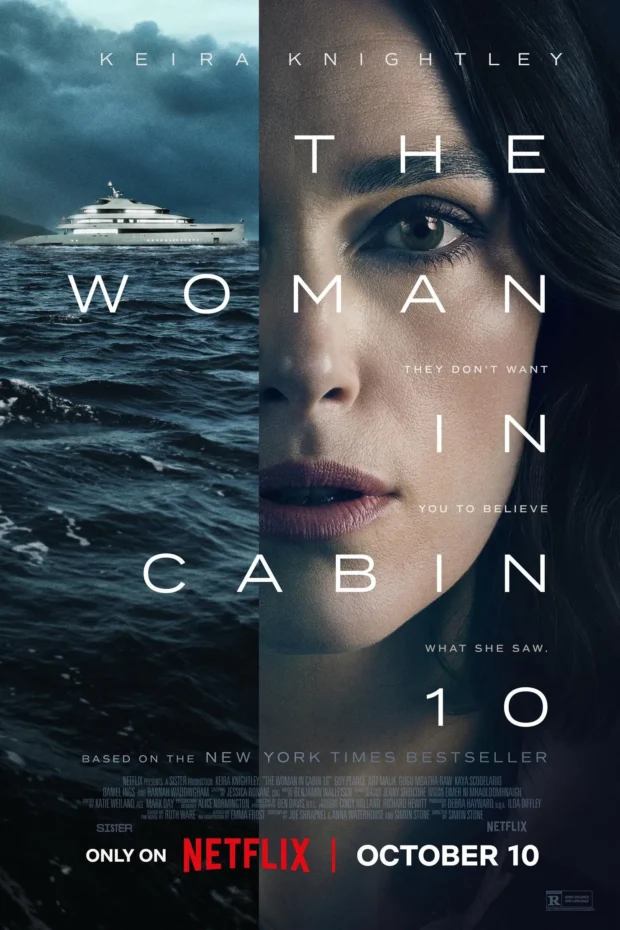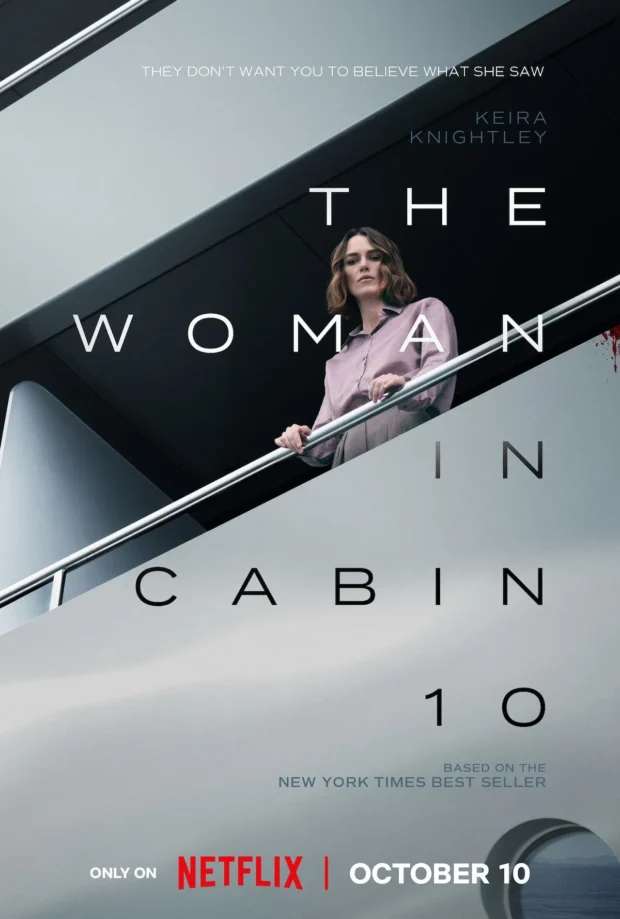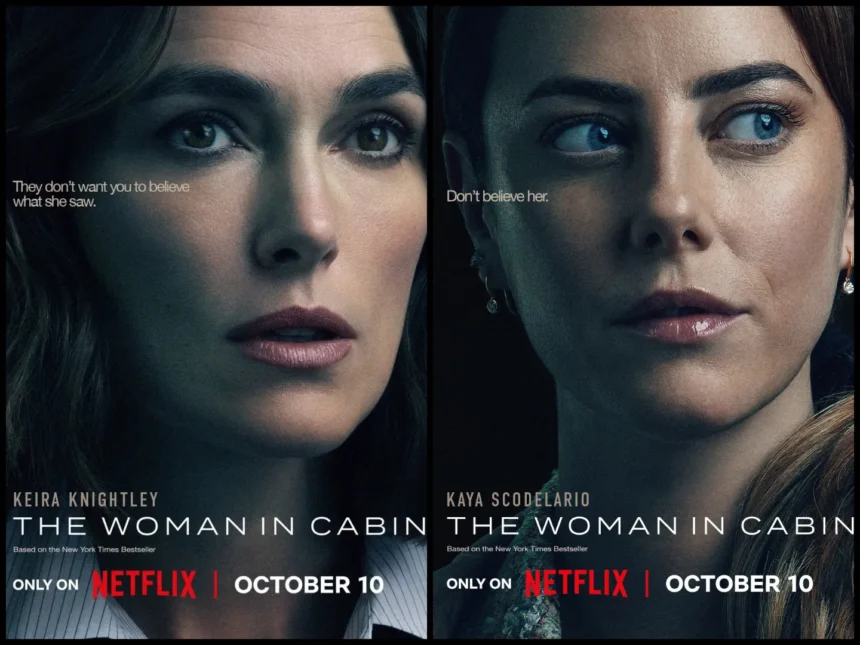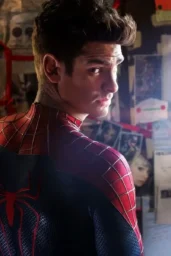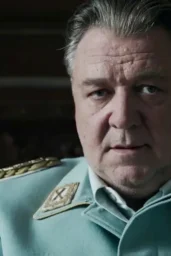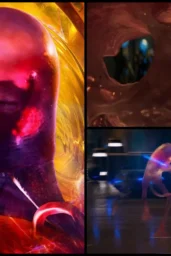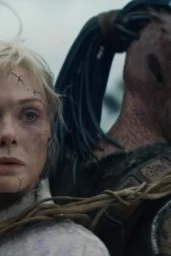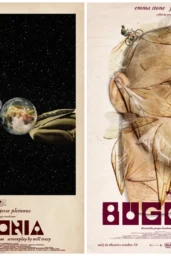Keira Knightley has always had that look—like she’s three seconds from calling bullshit on the whole room. You remember it from Pride & Prejudice, that flicker of defiance under the bonnets, or in Atonement, where her gaze alone could unravel a lie. Now, in these new character posters for Netflix’s The Woman in Cabin 10, it’s weaponized. Her face fills the frame, half-shadowed, eyes locked on you like you’re the one who pushed someone overboard. The tagline—”They don’t want you to believe what she saw”—hangs there, pale against the inky blue-black, a whisper that feels like a threat. It’s not just marketing; it’s a setup for gaslighting, the kind that sticks with you after the credits roll.
Flip to Kaya Scodelario‘s poster, and the vibe shifts just enough to unsettle. Her expression? Wider-eyed, almost pleading, with that glossy lip caught mid-protest. “Don’t believe her,” it reads, simple and brutal, her earrings glinting like tiny accusations in the low light. Scodelario’s got form in this—think the raw survival edge she brought to Crawl, all grit under pressure. Here, the composition pulls you in closer, her hair framing a face that’s equal parts vulnerable and volatile. These aren’t your standard glossy headshots; they’re portraits of paranoia, the colors desaturated to that cold North Sea gray, evoking the isolation of a yacht where every door could hide a body.
Directed by Simon Stone—the guy who turned a quiet archaeological dig into something hauntingly intimate in Netflix’s The Dig—this adaptation of Ruth Ware’s bestseller promises to lean into that confined-space dread. Knightley steps in as Lo Blacklock, our travel writer turned reluctant detective, boarding a luxury liner for what should be a puff piece on opulent escapes. But then: a scream in the night, a shadow over the rail, a splash no one else hears. The crew accounts for every soul on board, yet Lo’s gut screams murder. It’s Death on the Nile meets The Girl on the Train, but with Stone’s revisions to Joe Shrapnel and Anna Waterhouse’s script, expect less mustache-twirling and more psychological unraveling—Ware herself called it a “leap of faith,” handing her story to a team that feels like it gets the terror of being the only one who knows.
The ensemble bolsters it without overwhelming: Guy Pearce as the enigmatic ship owner, slinking in with that Memento-era menace; Hannah Waddingham bringing her Ted Lasso poise to what I suspect is a role laced with venom; David Ajala, Gitte Witt, Art Malik, and the rest—Daniel Ings, David Morrissey, Christopher Rygh, Paul Kaye, Lisa Loven Kongsli, Pippa Bennett-Warner, John MacMillan, Amanda Collin, Gugu Mbatha-Raw—forming a floating web of suspects where accents and alibis blur. Produced by Sister (Elizabeth Murdoch and Jane Featherstone’s outfit, with Debra Hayward and exec Ilda Diffley), it’s got that polished Netflix sheen: high production values chasing the locked-room genre’s enduring pull. Ware nailed it in her note: it takes a town to turn a book into this, and from the posters alone, you sense the machinery humming—every frame calibrated to make you question not just the plot, but your own eyes.
These posters aren’t throwaways; they’re the first act’s hook, priming us for a thriller dropping tomorrow, October 10, 2025 exclusively on Netflix. In an era where streaming leans hard into true-crime gloss, Stone’s take feels primed to cut deeper, using Knightley’s quiet ferocity and Scodelario’s frayed edges to sell disbelief as the deadliest passenger of all. We’ve seen isolated heroines before—Hitchcock’s shadows, Fincher’s fractured minds—but here, on that barreling boat through the desolate waves, it might just feel fresh enough to believe.
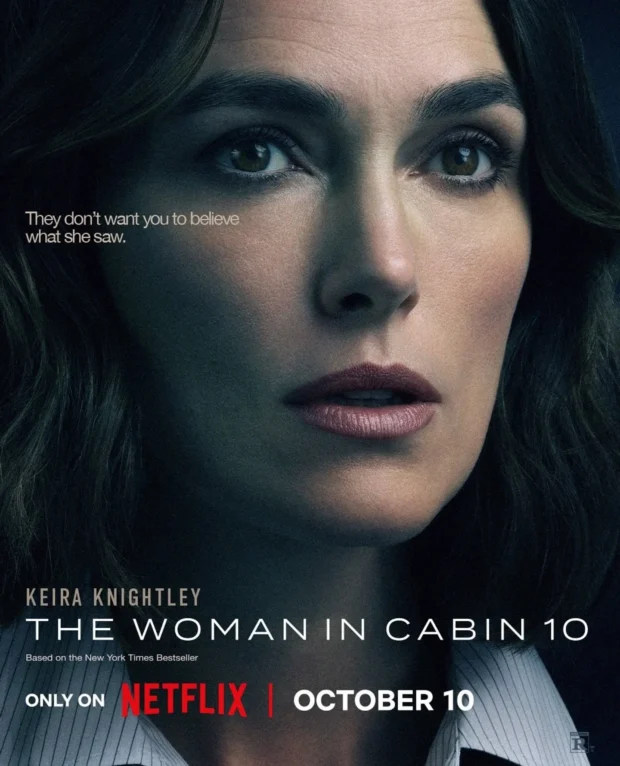
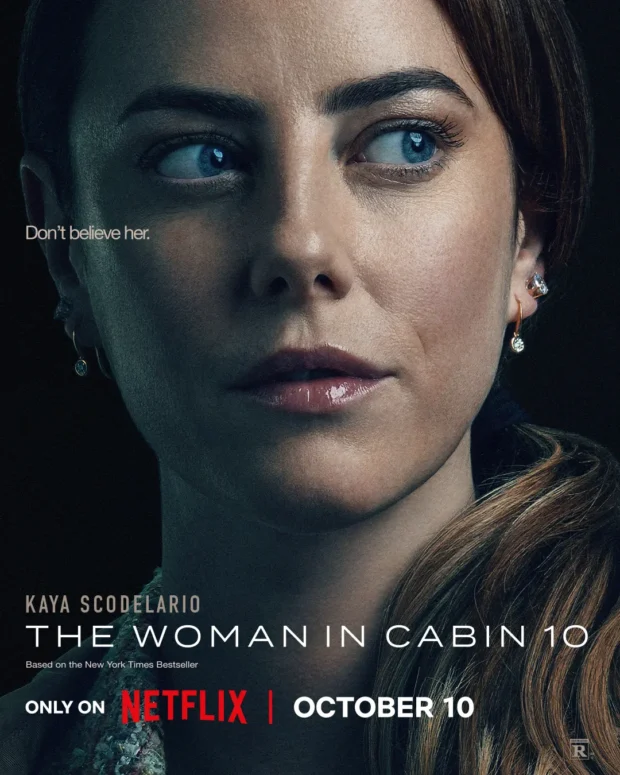
Shadows on the Deck: Unpacking ‘The Woman in Cabin 10’ Posters
Knightley’s Defiant Close-Up
The tight framing and shadowed jawline echo classic noir portraits, signaling a protagonist who’s already one step ahead—or dangerously behind—in a game of doubt.
Scodelario’s Pleading Gaze
Her wider eyes and subtle gloss contrast Knightley’s steel, hinting at layered alliances aboard the yacht, where trust erodes faster than the tide.
Color as Isolation
That pervasive desaturated blue-gray isn’t accidental; it mirrors the North Sea’s chill, visually underscoring the plot’s core isolation without a single wave in sight.
Taglines That Sting
“They don’t want you to believe” versus “Don’t believe her”—subtle shifts that tease interpersonal fractures, turning marketing into a mini-mystery.
Echoes of Genre Lineage
Drawing from Ware’s page-turner and Stone’s introspective style, these visuals nod to Agatha Christie confinements while promising modern psychological bite.
Are you buying what Lo’s selling—or ready to dismiss it like the crew? Catch the trailer below, then drop your take in the comments. We’ll be sailing through reviews as the waves hit.
